- Home
- slideshows
- miscellaneous
- A timeline of how years of missteps and budget cuts undermined the Trump administration's preparedness for COVID-19
A timeline of how years of missteps and budget cuts undermined the Trump administration's preparedness for COVID-19
2017: The Trump administration ignores multiple briefings from the Obama administration on pandemic preparedness. It also cut a DHS program aimed at responding to a pandemic

2018: The White House disbands the NSC's pandemic response team; two top officials depart the administration; and the administration starts slashing public health funding
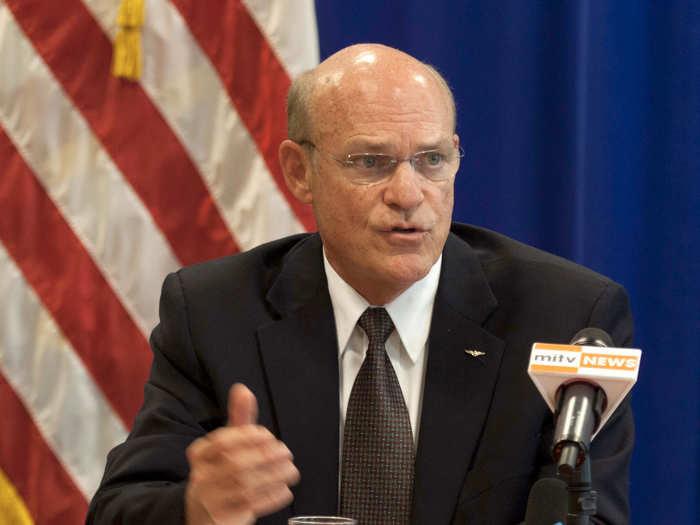
In May 2018, the White House's the National Security Council's pandemic response team was disbanded in a reorganization overseen by John Bolton, then the national security advisor.
And the top official responsible for overseeing a pandemic response, Rear Adm. Timothy Ziemer, left the administration shortly afterwards.
One month earlier, Bolton also ousted Tom Bossert, the White House homeland security adviser who had called for a robust strategy against pandemics and bioweapons attacks.
The Trump administration also eliminated the US government's $30 million Complex Crises Fund, which consisted of emergency response money that the secretary of state could use to deploy disease experts and others in a crisis.
2019: US agencies start preparing for a pandemic, but their warnings are ignored
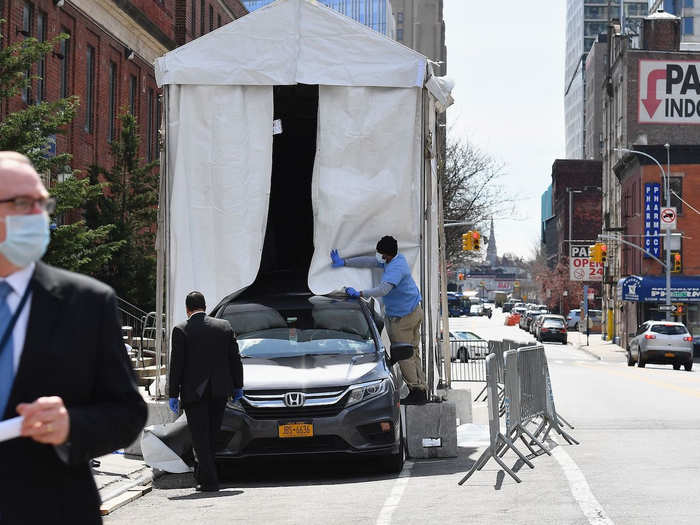
From January to August 2019, the HHS conducted a training simulation about a hypothetical pandemic, caused by a disease that bore striking parallels to the novel coronavirus, The New York Times reported.
In the simulation, federal agencies fought over who was in charge, state officials and hospitals couldn't figure out what and how much medical equipment was available, and there was no centralized coordination on state lockdowns and school closings.
The team conducting the simulation put together a draft report laying out the roadblocks they discovered in the exercises, but their warnings went unheeded, according to The Times.
October 2019: The Trump administration declines to renew funding for a pandemic early warning system
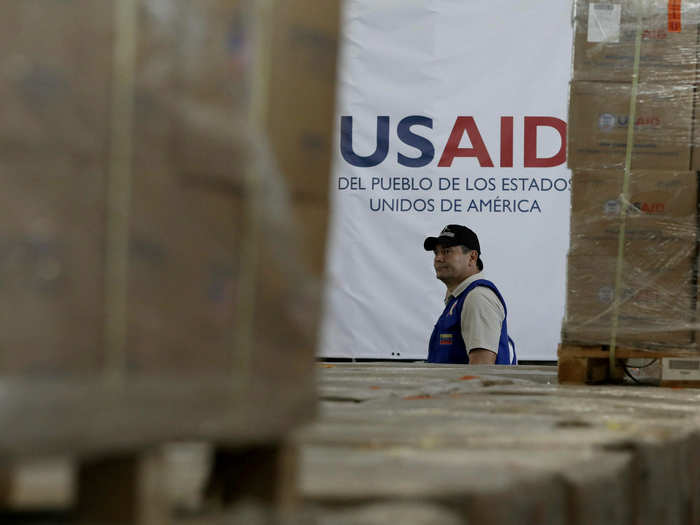
Last fall, the Trump administration declined to renew funding for a pandemic detection program, effectively ending the initiative.
PREDICT, a program created under the US Agency for International Development (USAID), worked with 60 different foreign laboratories, including the lab in Wuhan, China that identified the coronavirus that causes COVID-19.
The program shut down in September when it ran out of funding — about two months before the novel coronavirus began surging through China.
PREDICT has since received an emergency infusion of $2.26 million in emergency funding from USAID, according to the Los Angeles Times.
2020: Trump starts getting daily briefings on the coronavirus outbreak in January but dismisses them
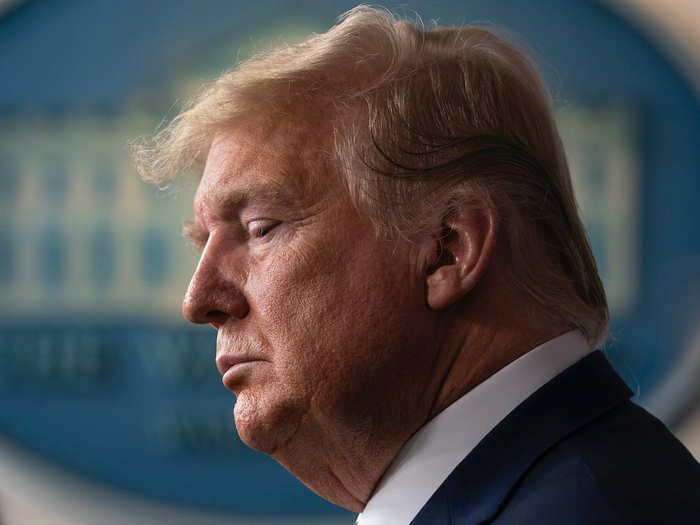
President Trump began receiving intelligence briefings about the threat of the coronavirus as early as January, the Washington Post reported.
But at the time, the president was publicly downplaying the threat of the coronavirus despite these warnings, at one point saying it would "disappear" like a "miracle."
Other administration officials also reportedly tried to warn Trump about the potential economic fallout the from coronavirus threat. Trump's top economic advisor, Peter Navarro, reportedly circulated two memos — one in January and another in February — warning of the risk to the US, according to Axios.
Trump did not start taking the virus more seriously until mid-March, after the World Health Organization declared it a pandemic. At that point, the president began claiming he knew it was a pandemic all along.
February 2020: Office of Management and Budget rebuffs funding request for the strategic national stockpile.
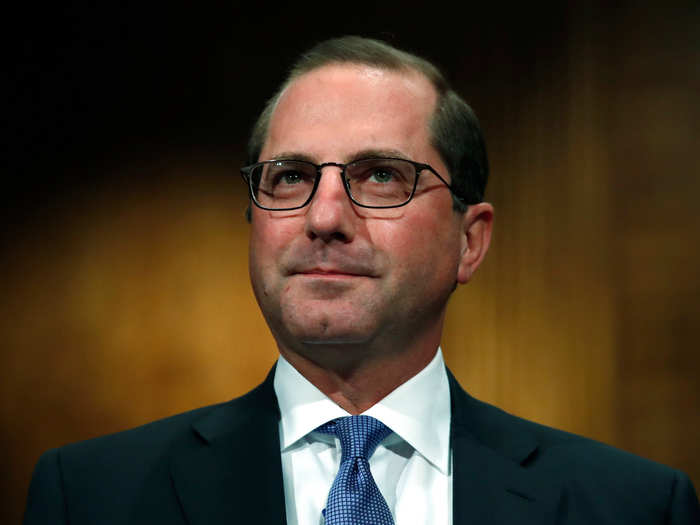
As the coronavirus began threatening the US this year, interagency squabbles led to a delay in funding for additional medical supplies in national emergency stockpile.
On February 5, Health and Human Services Secretary Alex Azar reportedly requested $2 billion in funding to replenish the stockpile, but he was rebuffed by the Office of Management and Budget, the Washington Post reported.
Azar and an OMB official broke out in a shouting match in the Situation Room, the Post reported, and the White House cut HHS's $2 billion request to just $500 million when it went to Congress for funding a few weeks later.
The massive coronavirus relief package Congress passed in late March eventually provided $16 billion in funding for the stockpile, the Post reported.
The government botched early testing, leading to cascading challenges in identifying COVID-19 cases
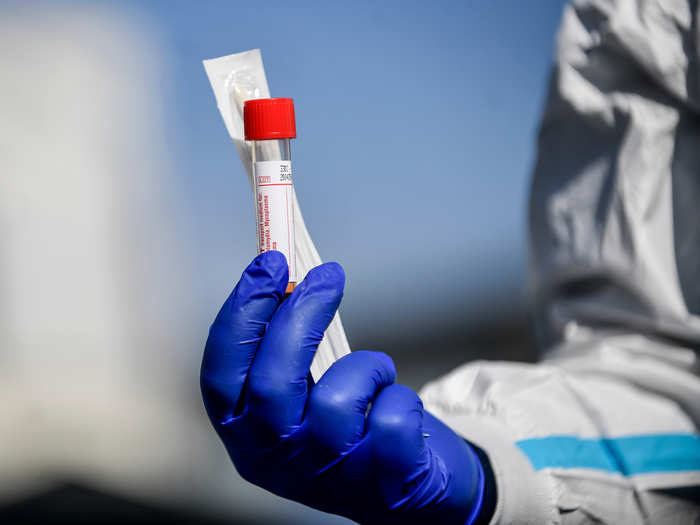
The lack of funding for public health agencies, combined with Trump's and his allies' refusal to take the threat seriously, crippled the US's ability to conduct early and rigorous testing to detect and contain the virus.
In the early days of the outbreak, the coronavirus task force assured that a quick diagnostic test would be quickly rolled out, the The New York Times reported.
But flaws in the initial screening test and bureaucratic confusion led to a significant delay in the plan's implementation.
Some of the tests the Centers for Disease Control distributed to state labs turned out to be faulty. The agency also failed to update its guidelines for testing and training for state and local health officials, ProPublica revealed. Meanwhile, the Food and Drug Administration's regulations stymied the efforts of medical centers and private companies to develop their own tests.
As a result, in the early months of the crisis, the United States was radically under-testing for the novel coronavirus, wasting a precious window to understand the full scope of the rising outbreak.
Even in April, testing is severely limited; a report from the HHS inspector general found that hospitals across the country are facing a dangerous shortage in testing equipment.
Popular Right Now
Popular Keywords
Advertisement